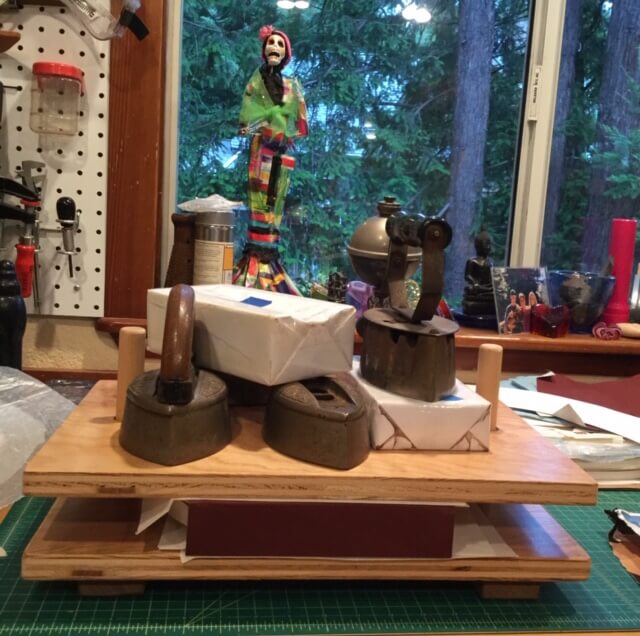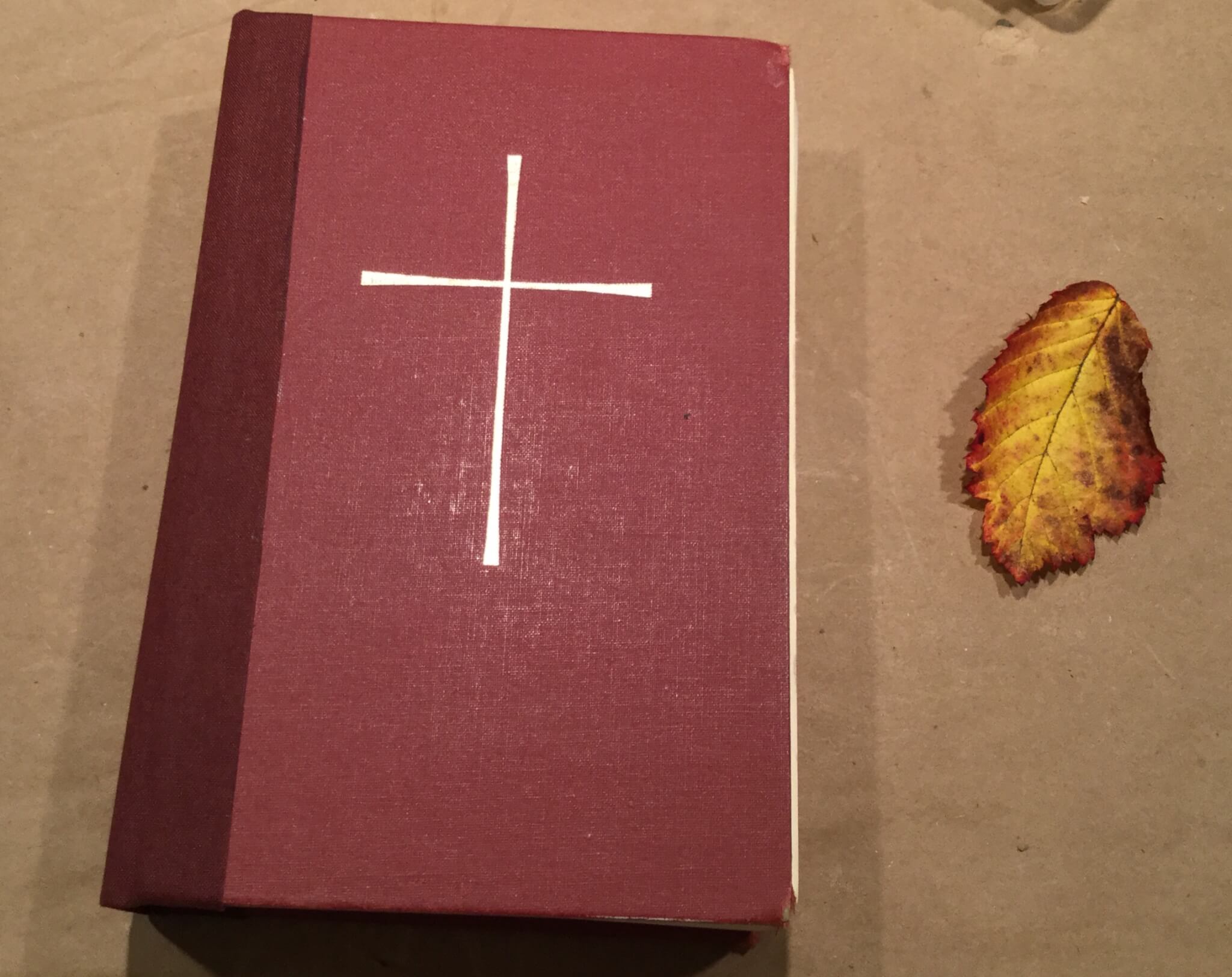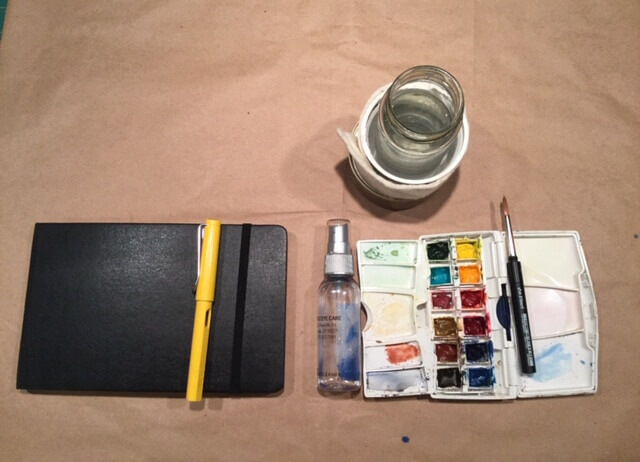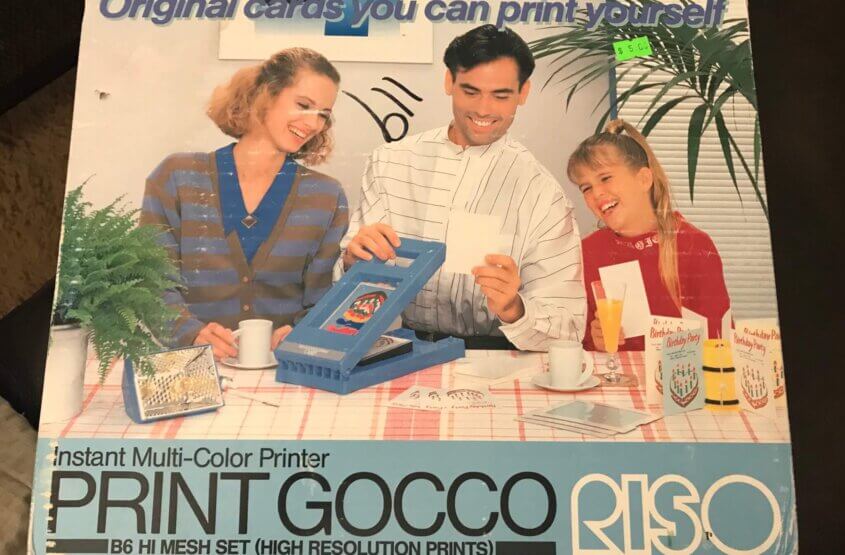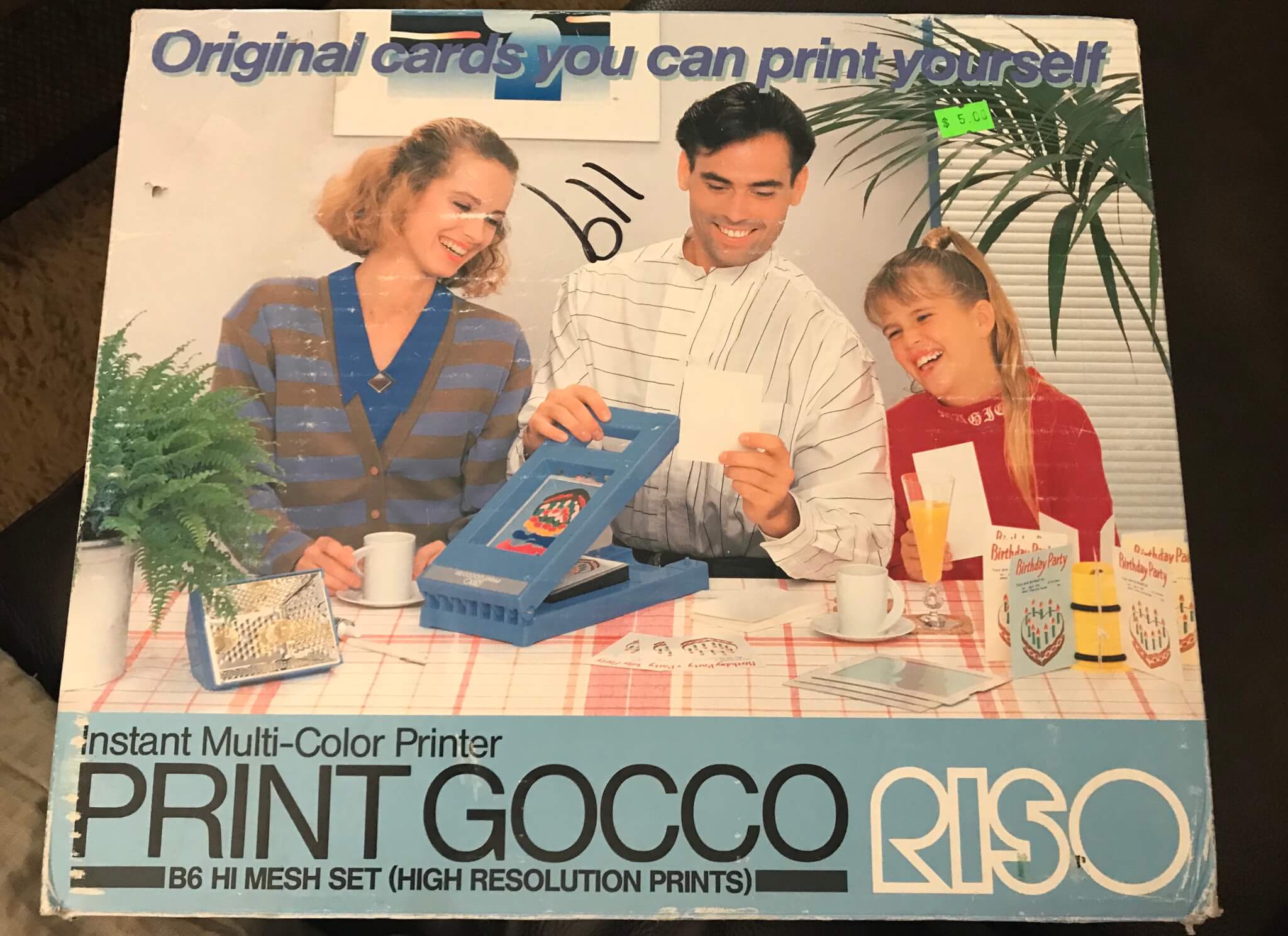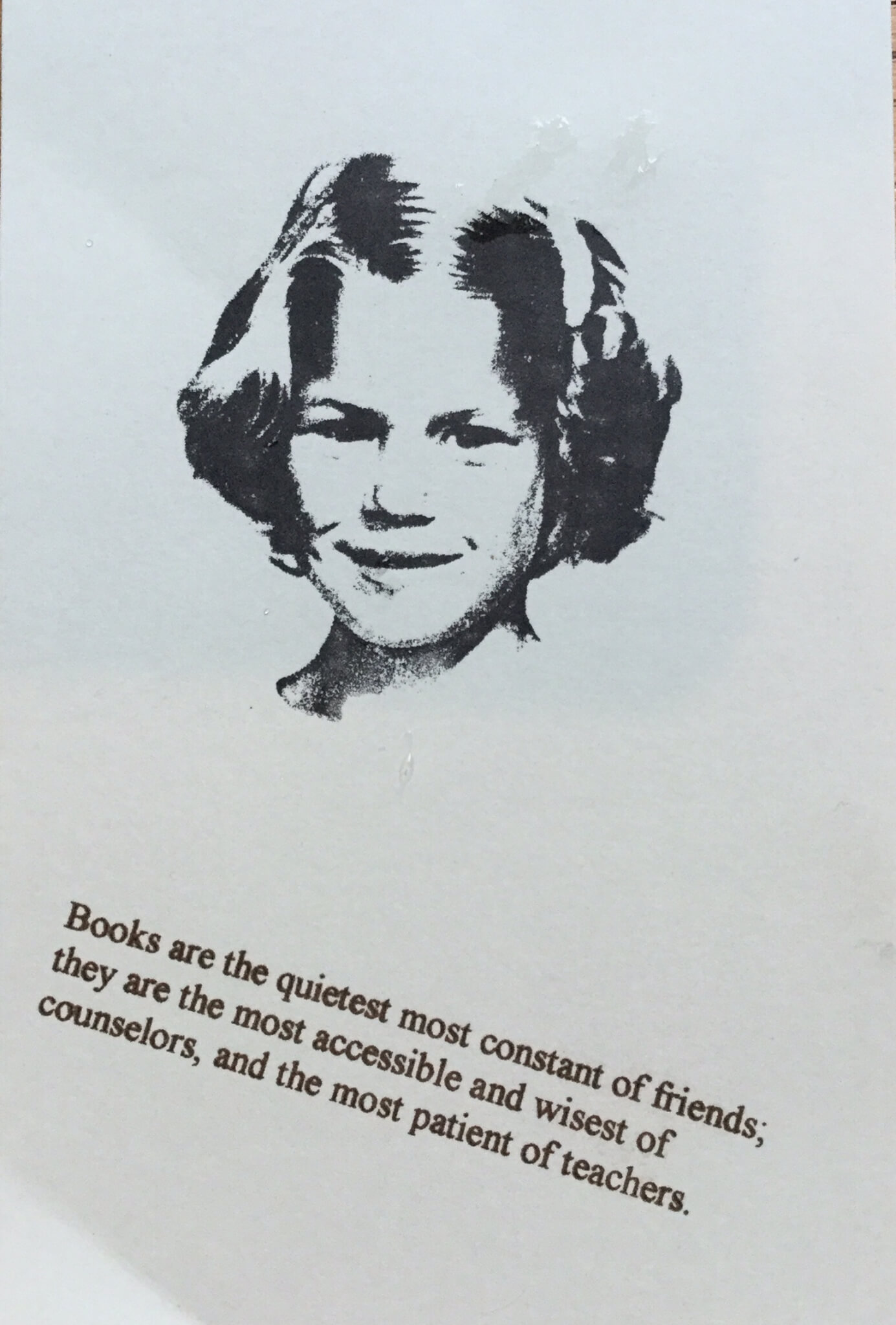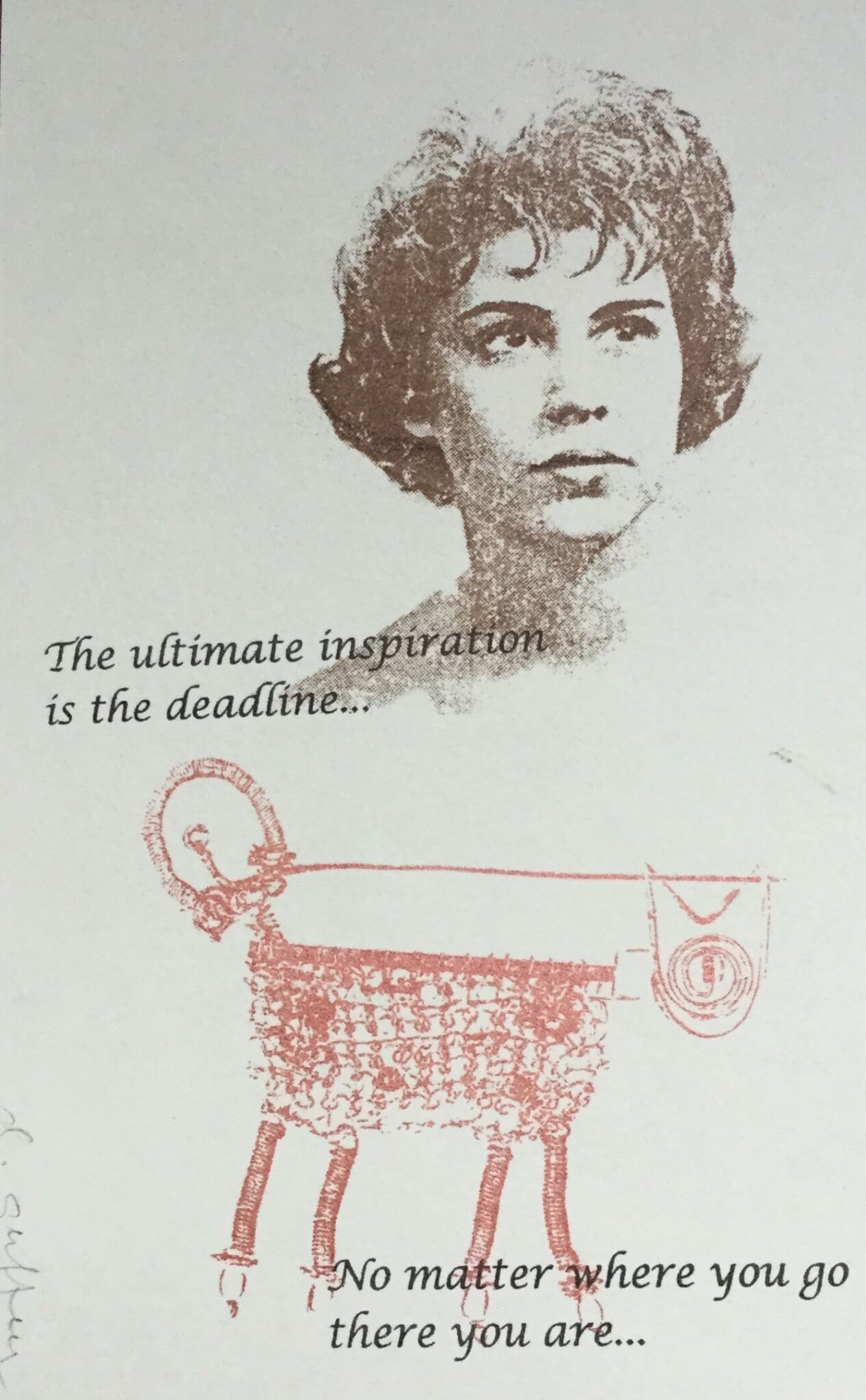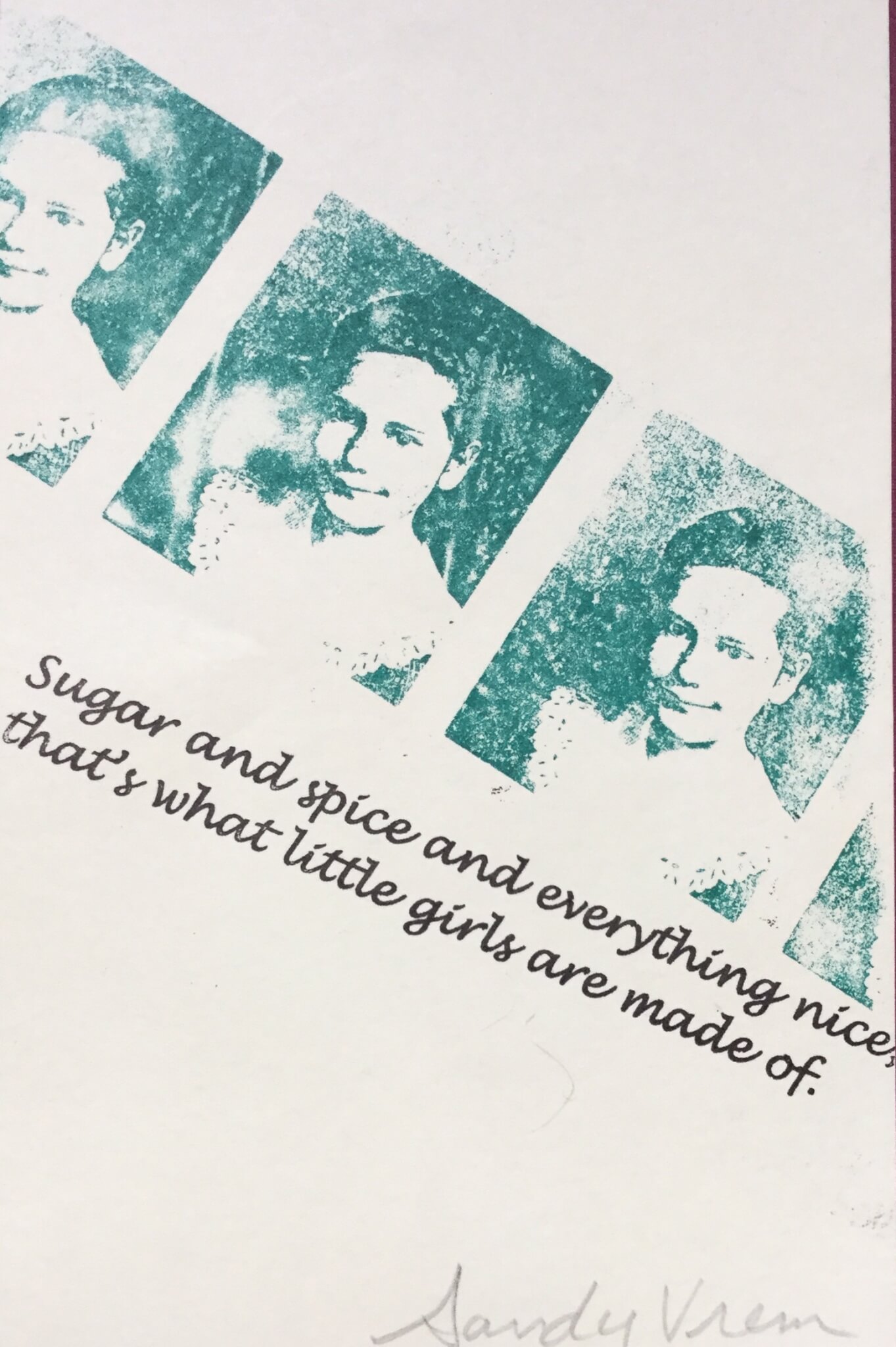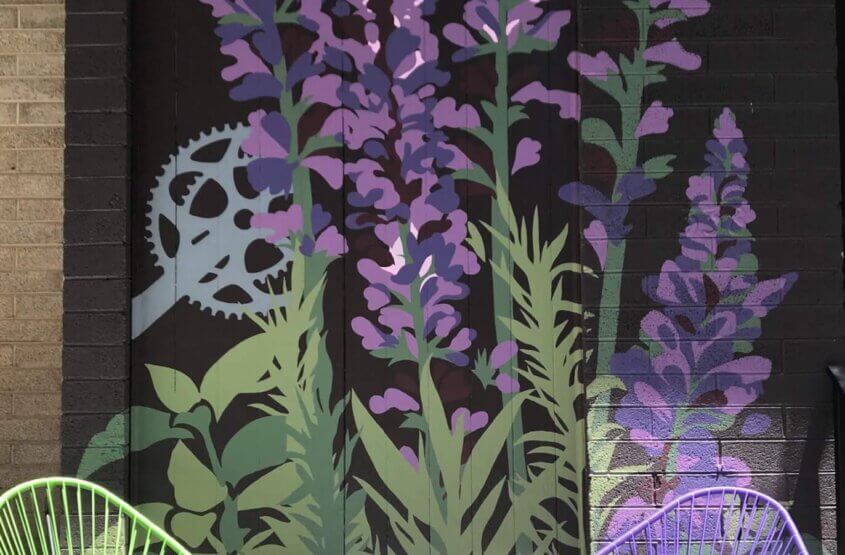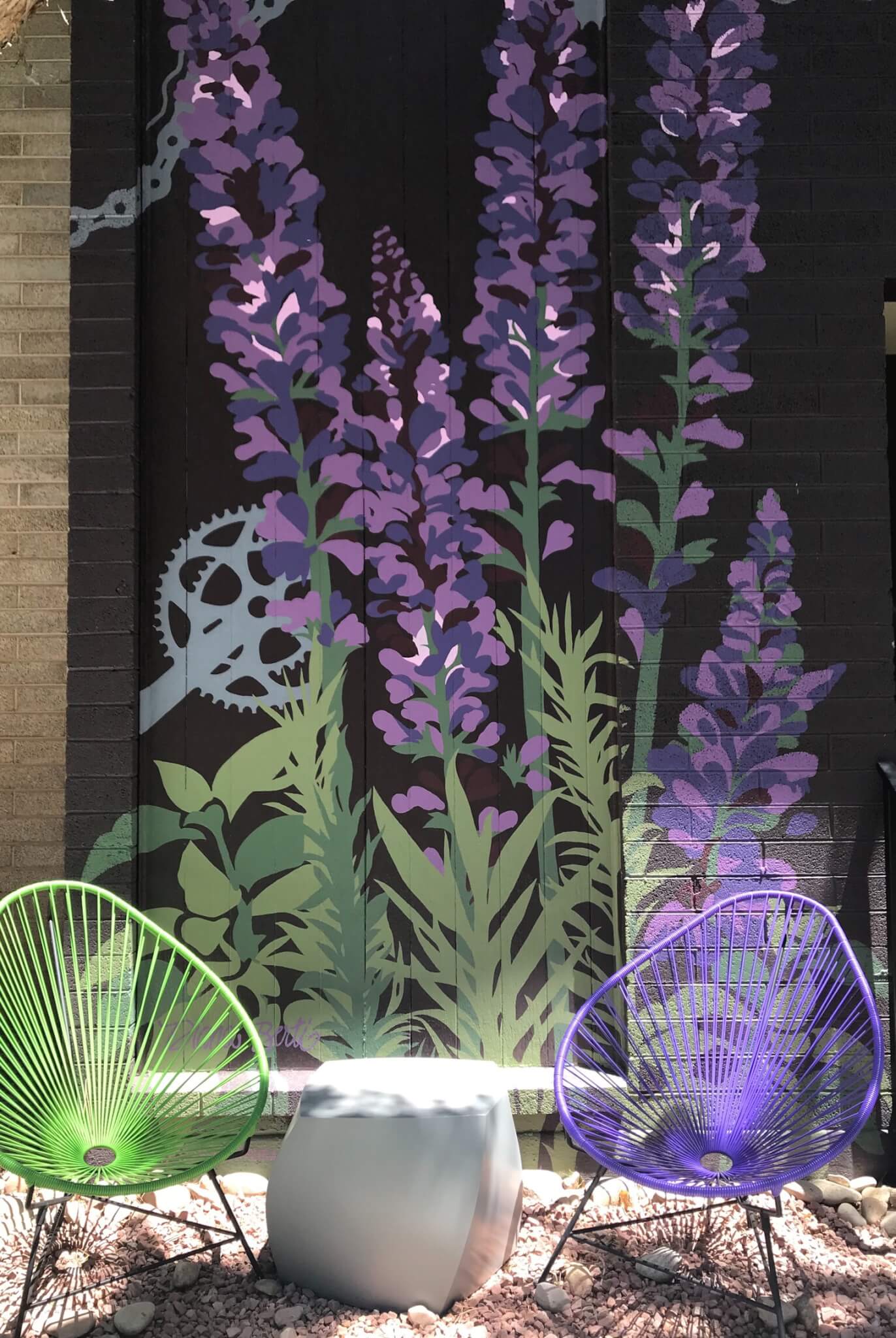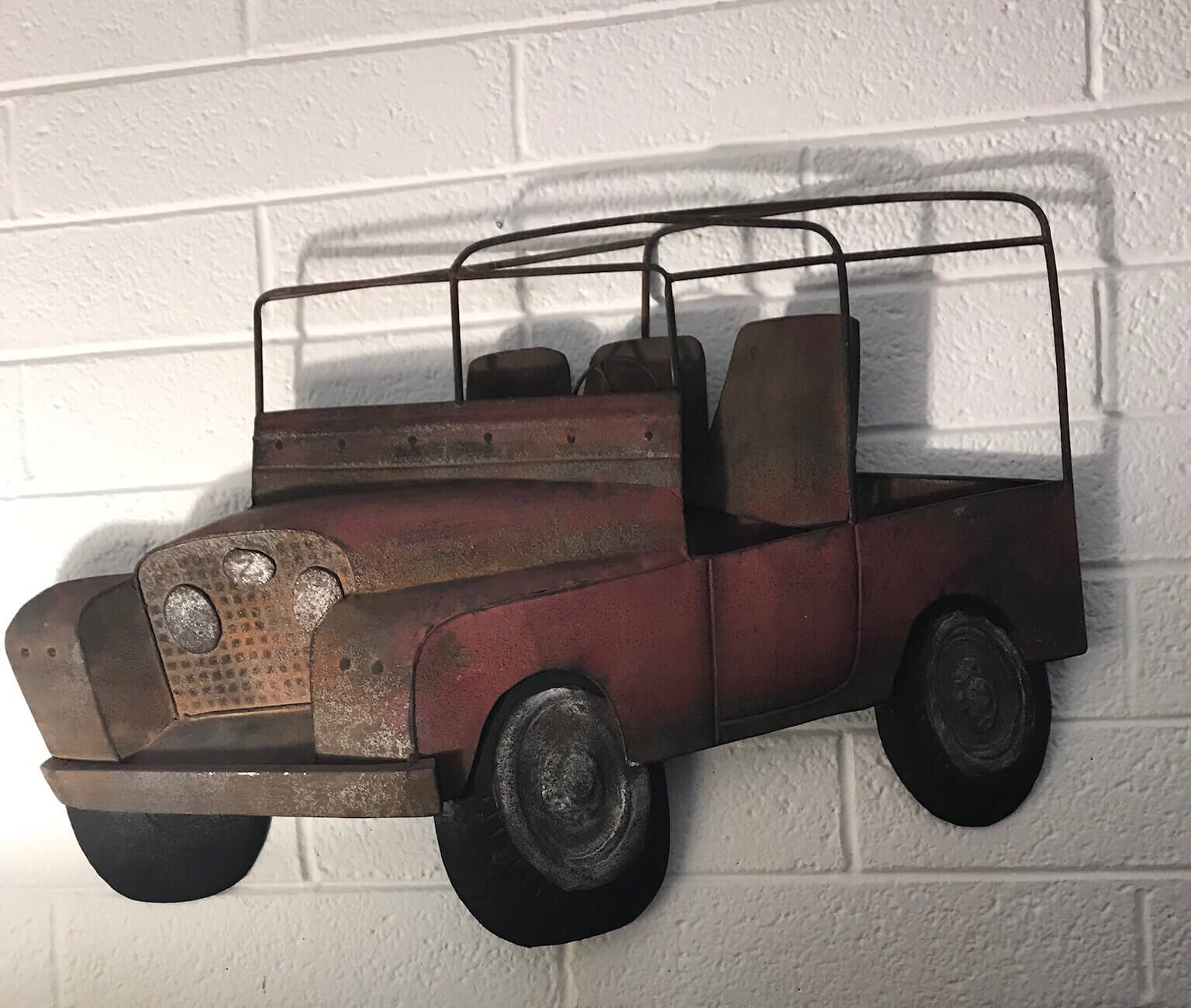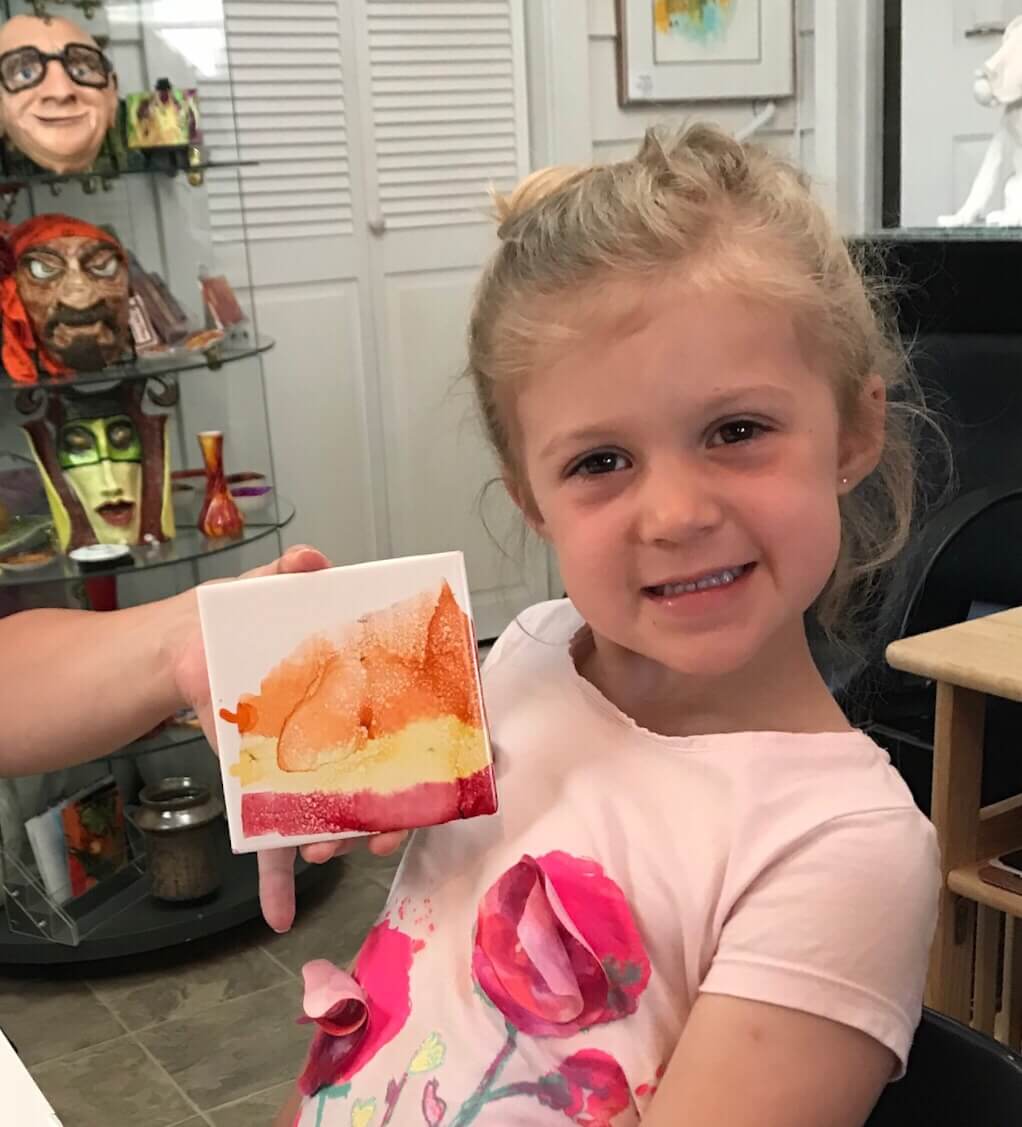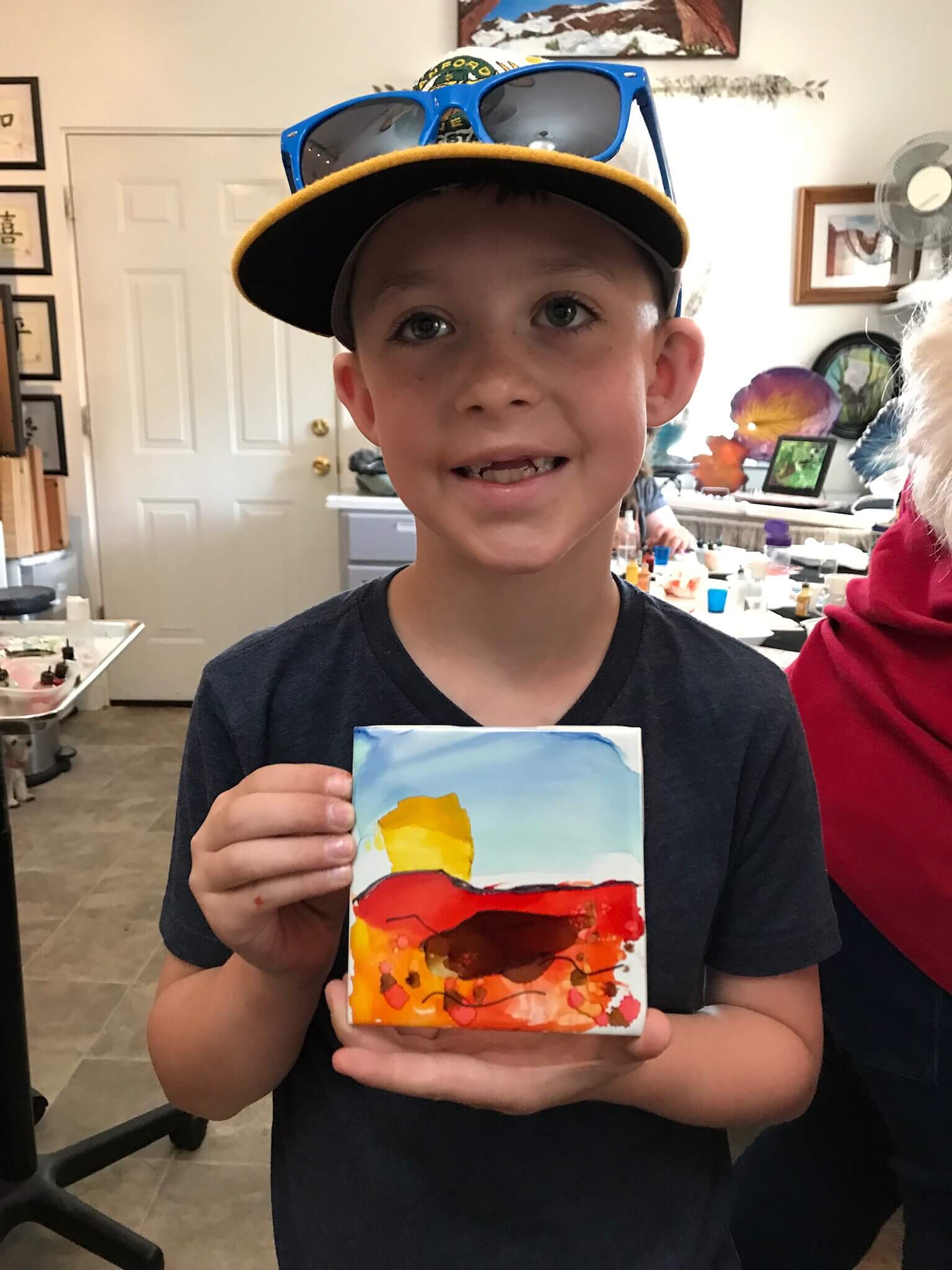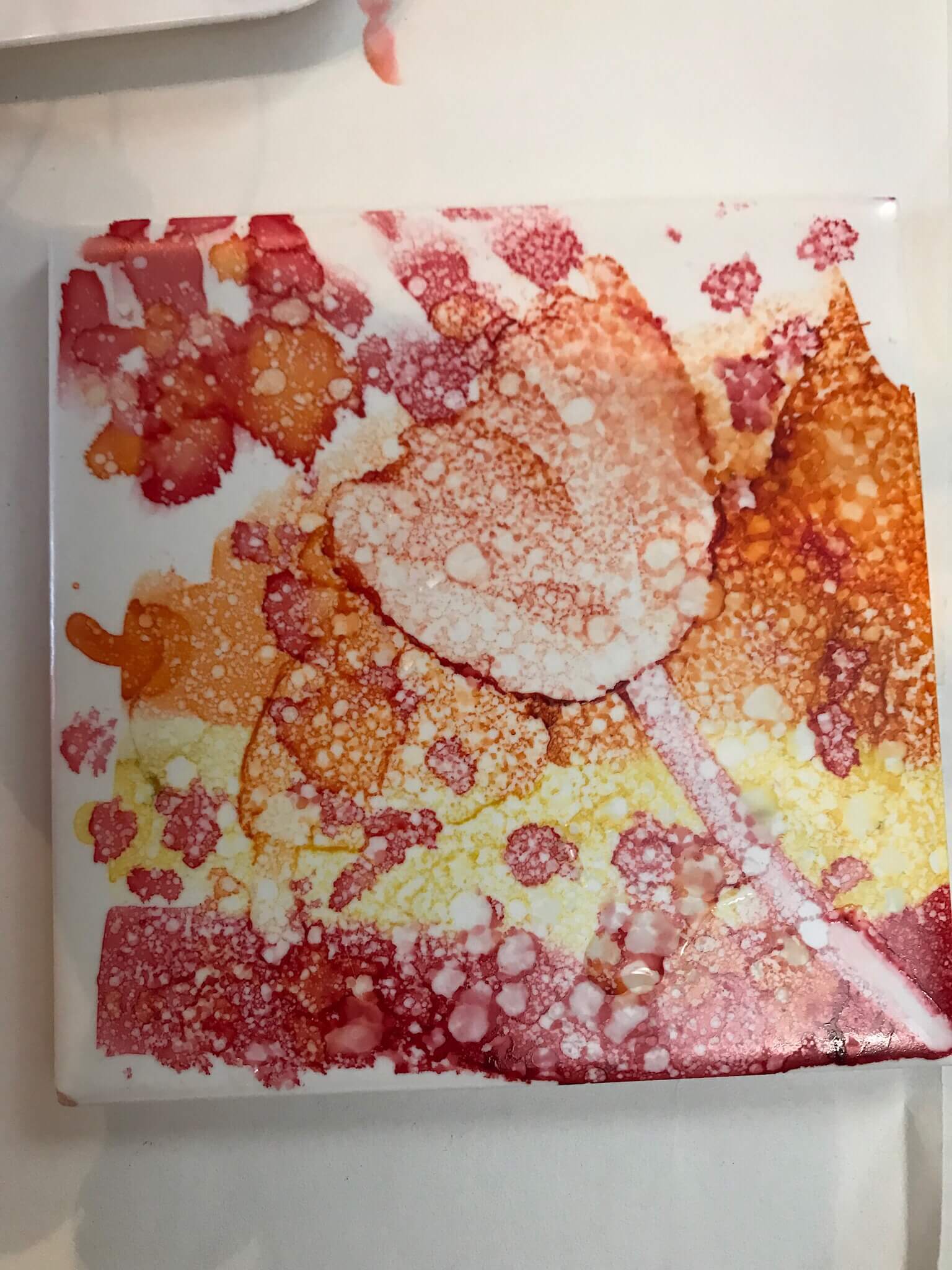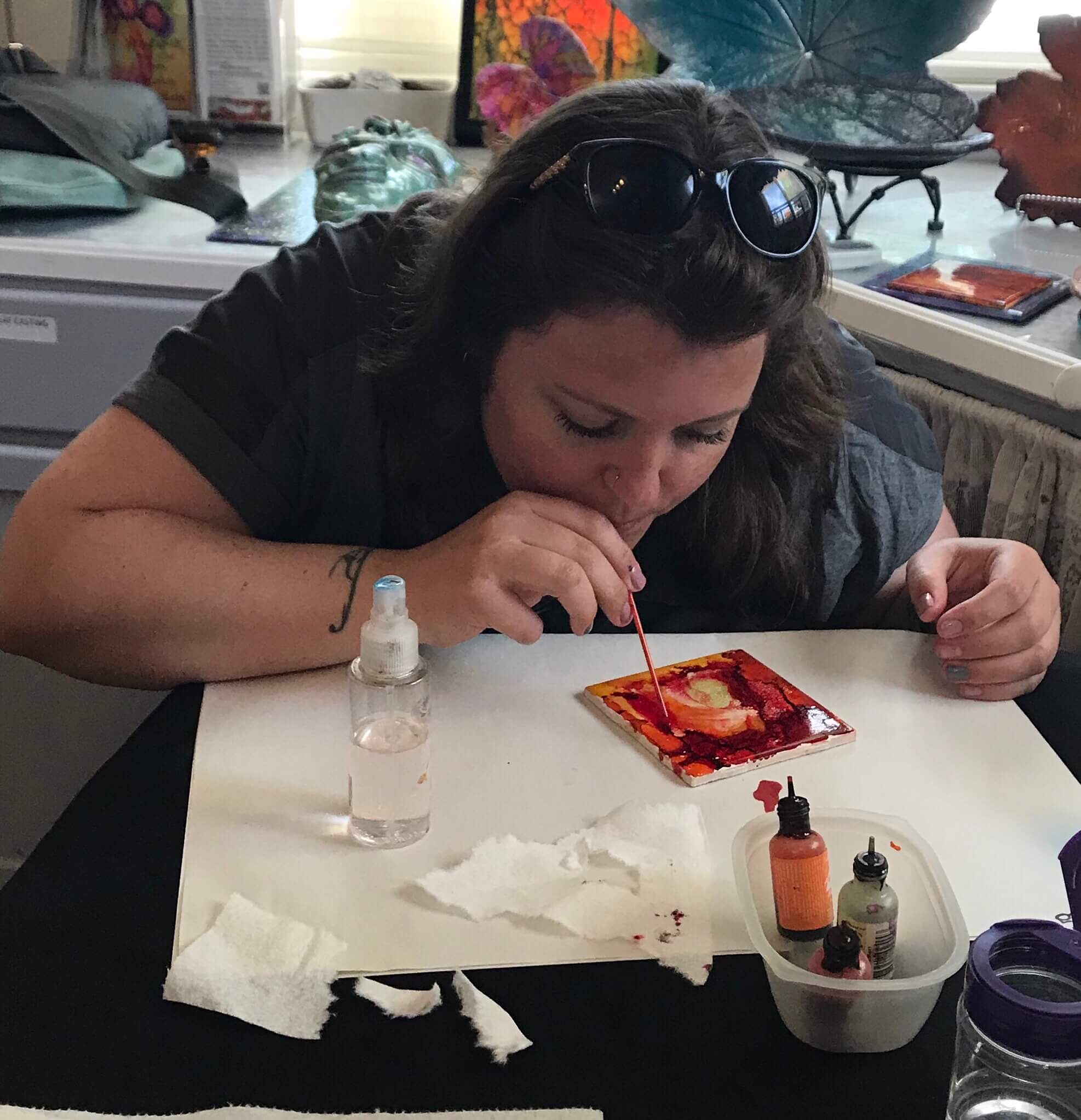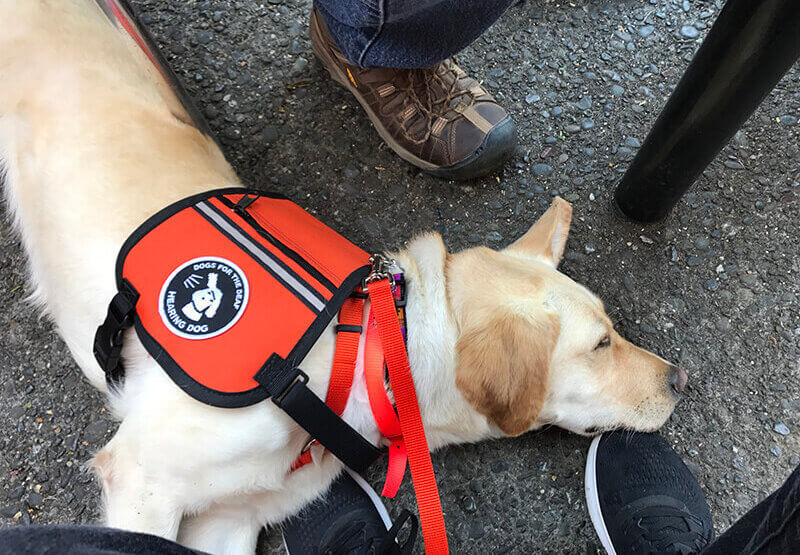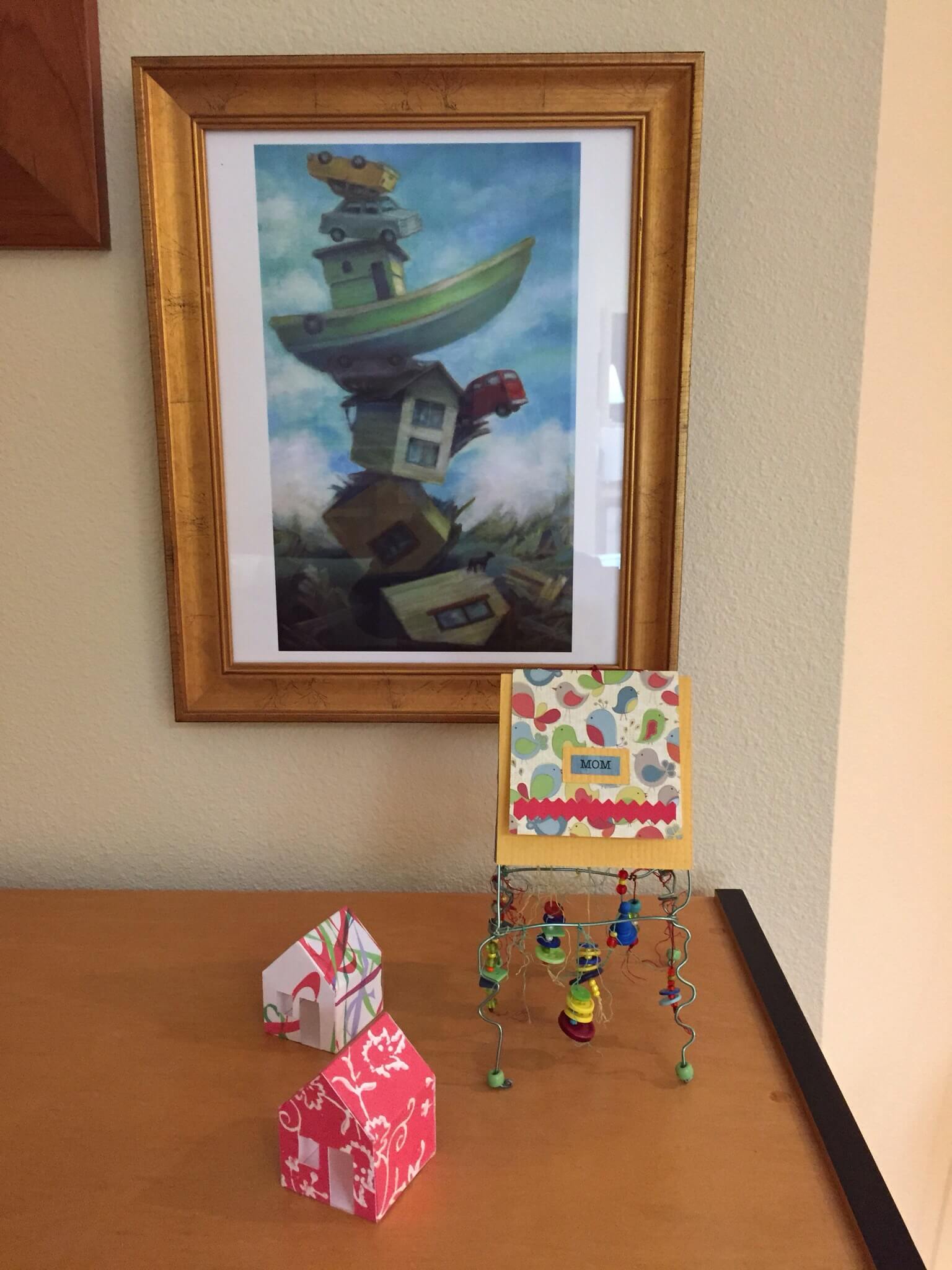This was truly an unforgettable trip: 8 friends, 1 dog, 2 teardrop trailers, 1 pop-up tent, 1 camper van, 16 days, and 15 sites to visit. Almost none of this journal was completed on the trip due to the intensity of the schedule but I took good notes and completing this after the fact allowed me take the trip one more time. Completing the journal made me realize that the challenges we had faded to the background and the joys of traveling with good friends who can handle anything overshadowed any difficulties. I am happy to report that our dog returned, the torsion bar on a teardrop was repaired, I located my two sets of lost keys, and just got my new glasses – the old ones smashed by a knee while I climbed on my sleeping bag. No news on the 12 volt refrigerator’s status. I hope you enjoy taking this trip again.

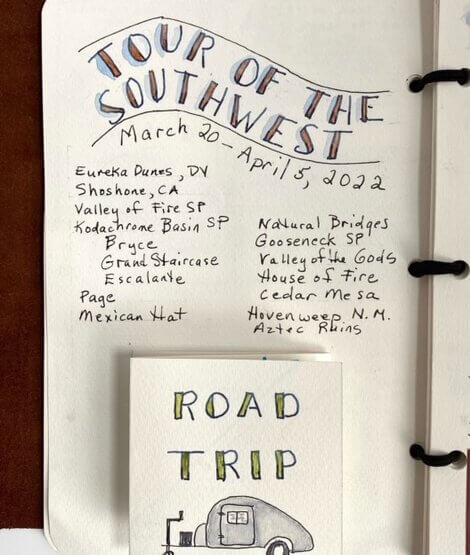











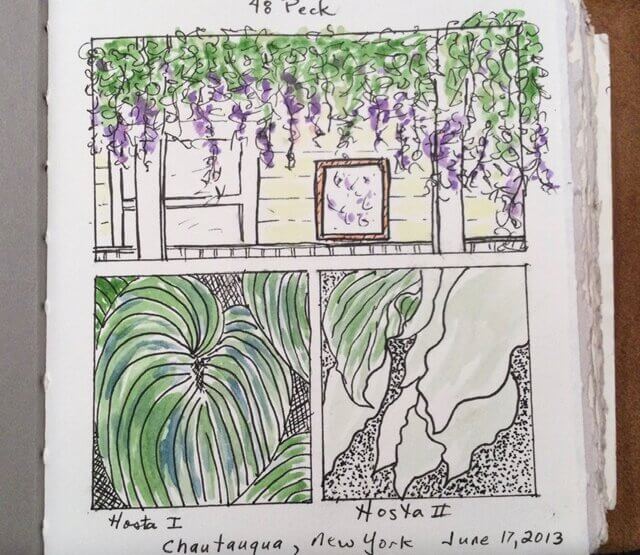
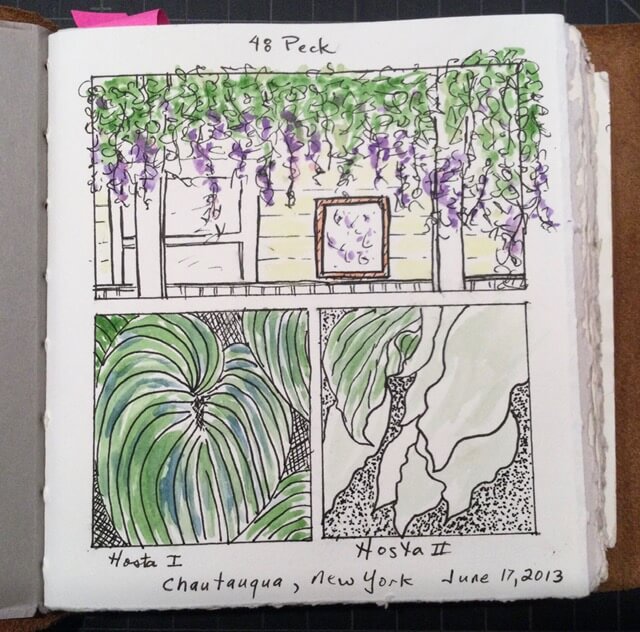
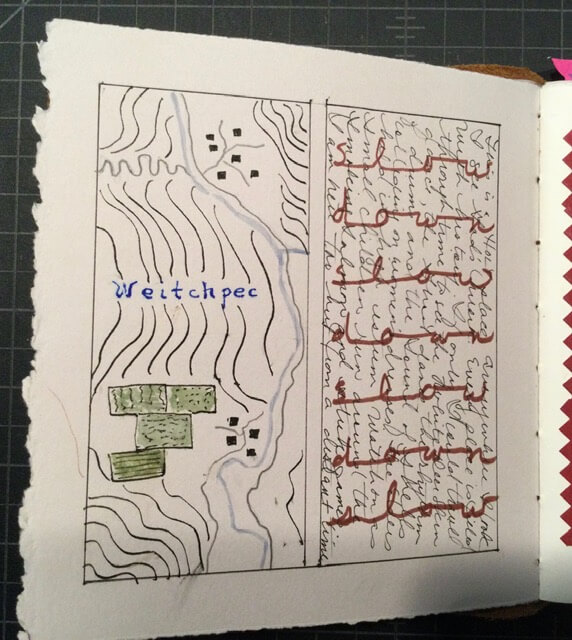
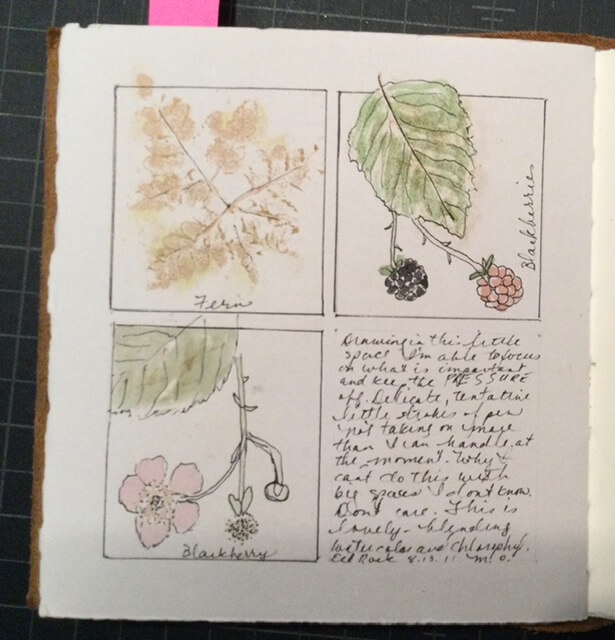
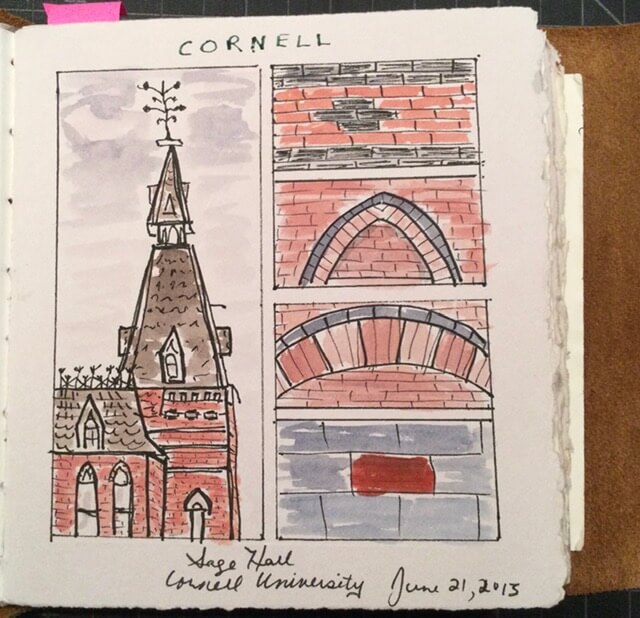
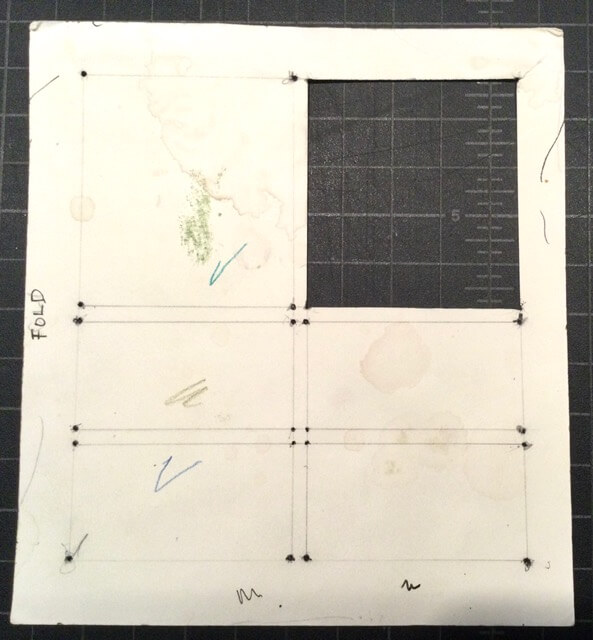
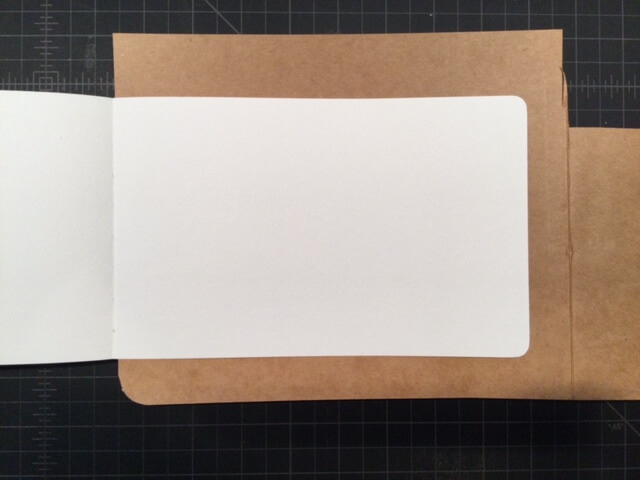
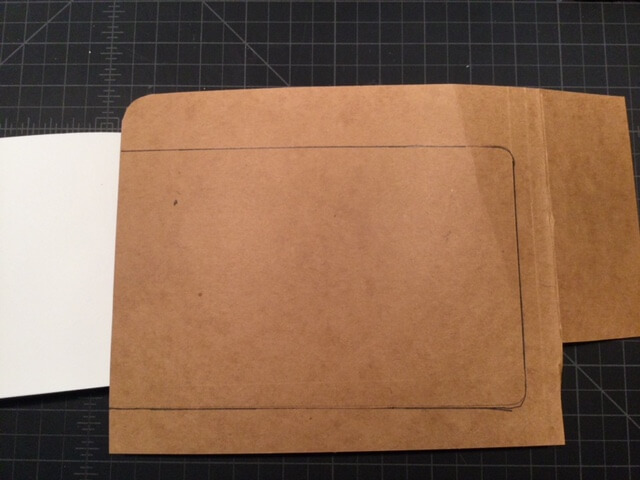

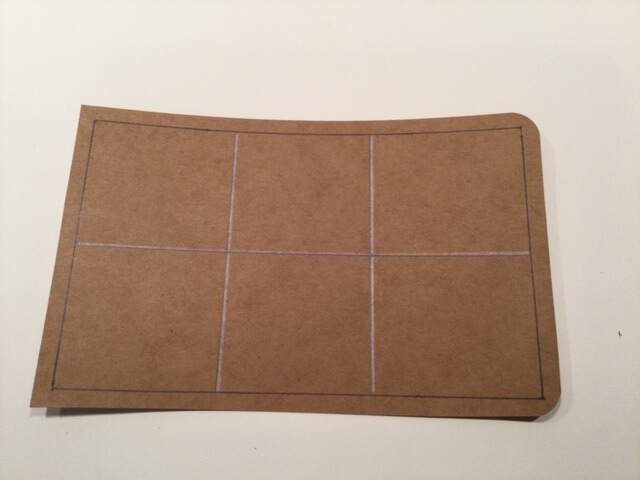
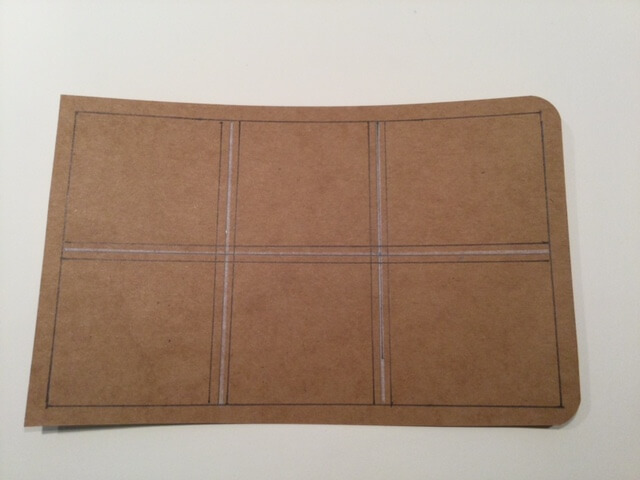
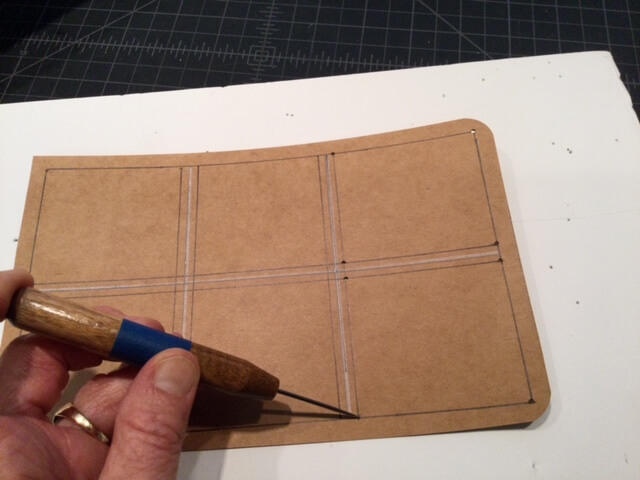
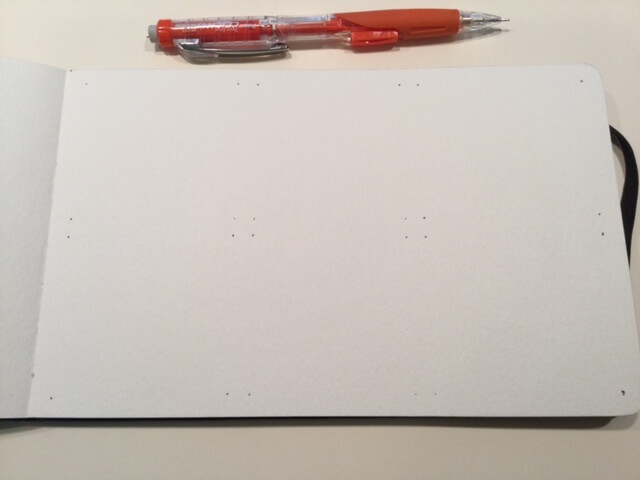
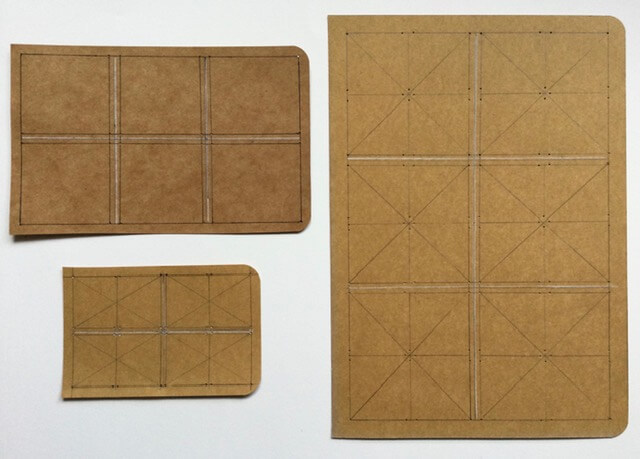
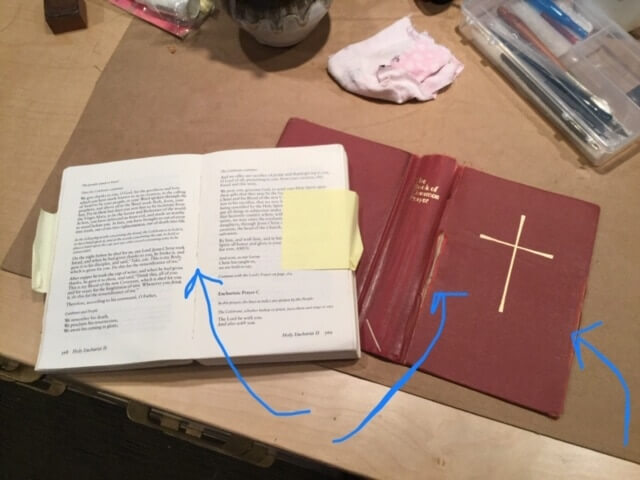
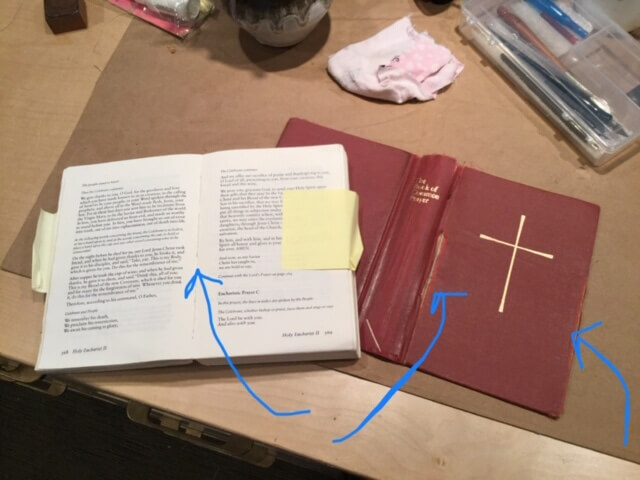 In order to access the spine I had to separate the text block from the covers. You can see that the text block is completely broken and has strained the stitching. In addition the mull (looks like cheesecloth) has separated from the spine of the text block – a complete failure of the glue.
In order to access the spine I had to separate the text block from the covers. You can see that the text block is completely broken and has strained the stitching. In addition the mull (looks like cheesecloth) has separated from the spine of the text block – a complete failure of the glue. 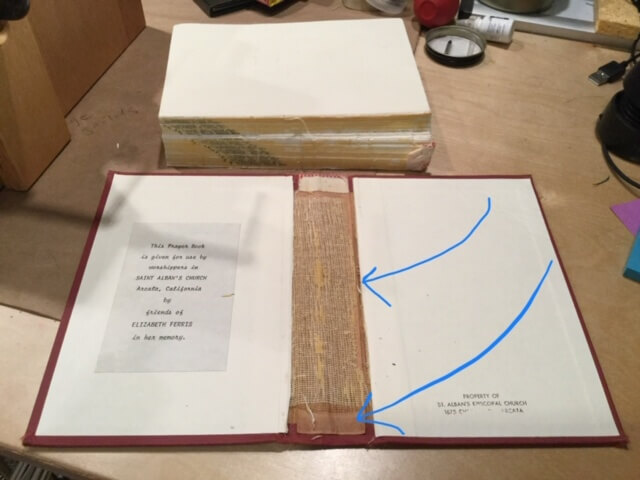
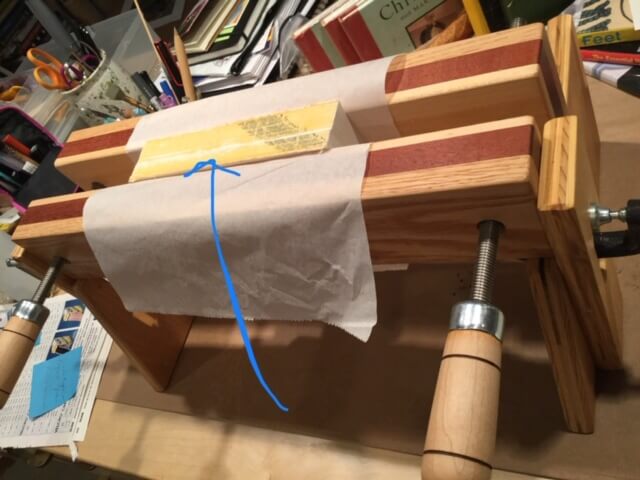 After PVA was brushed onto the spine, the headbands were reattached and new mull applied to the spine. The overhang of mull serves to strengthen the hinges once the covered is glued back on.
After PVA was brushed onto the spine, the headbands were reattached and new mull applied to the spine. The overhang of mull serves to strengthen the hinges once the covered is glued back on.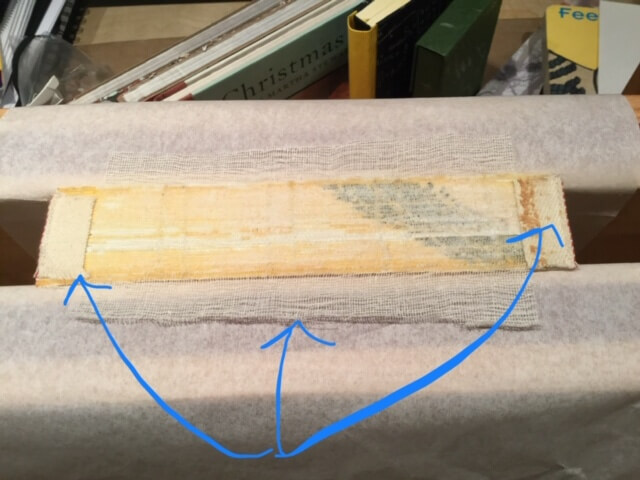 In order to secure the loose sections I used fine linen thread and a pamphlet stitch to secure those sections to the newly strengthened spine.
In order to secure the loose sections I used fine linen thread and a pamphlet stitch to secure those sections to the newly strengthened spine. 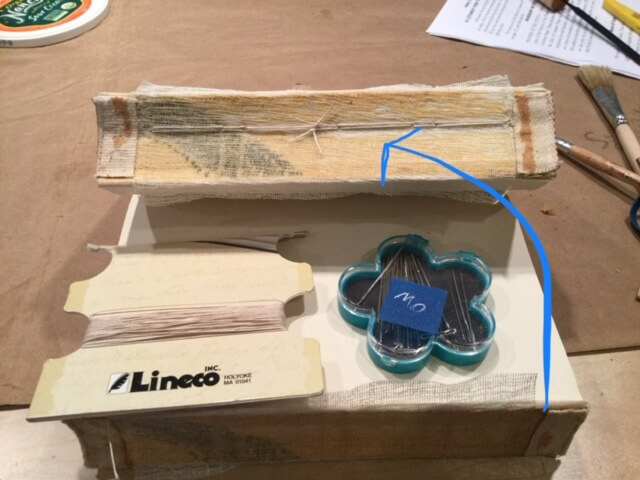
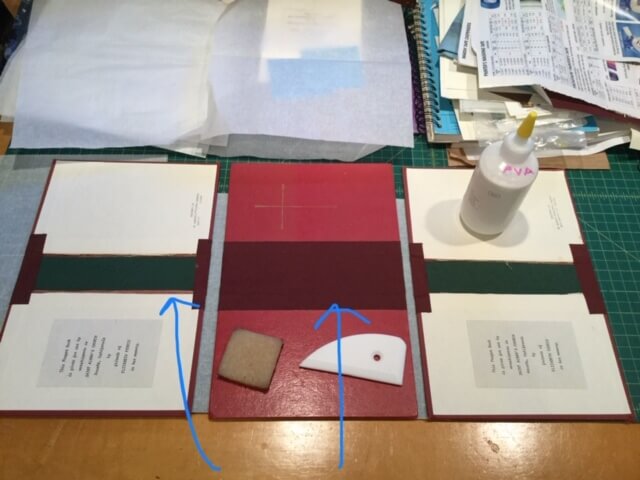 The mull tabs were glued to the text block and the block was positioned on the inside of the covers. The hinge was glued to the front and back of the text block.
The mull tabs were glued to the text block and the block was positioned on the inside of the covers. The hinge was glued to the front and back of the text block. 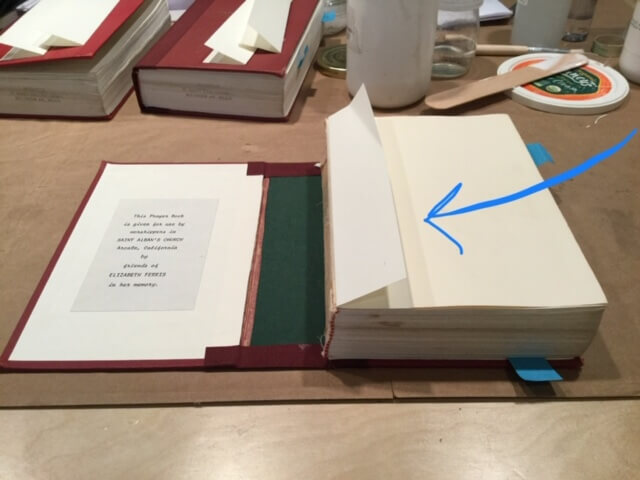 Then then the top of the hinge was glued using a glue guard (PVA really stains and can make a hugs mess). Then – and this is the nerve racking part where all can go wrong – the left side of the book is closed over the top of the glued hinge. Repeat on other side.
Then then the top of the hinge was glued using a glue guard (PVA really stains and can make a hugs mess). Then – and this is the nerve racking part where all can go wrong – the left side of the book is closed over the top of the glued hinge. Repeat on other side.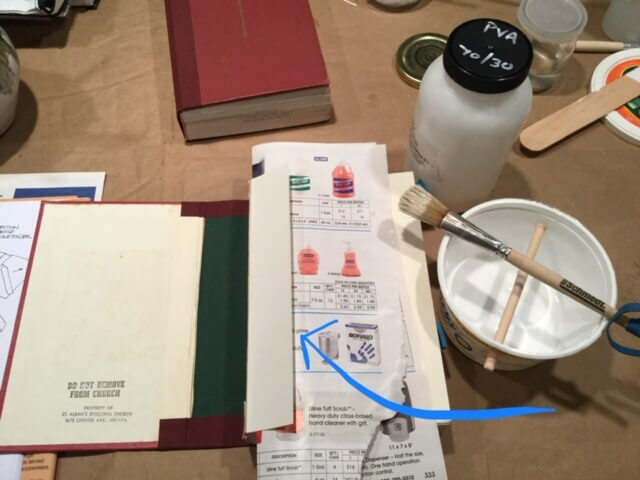 Lastly! Protective papers are inserted into the insides and outsides of the book and the entire book is inserted into a book press. Book press #1
Lastly! Protective papers are inserted into the insides and outsides of the book and the entire book is inserted into a book press. Book press #1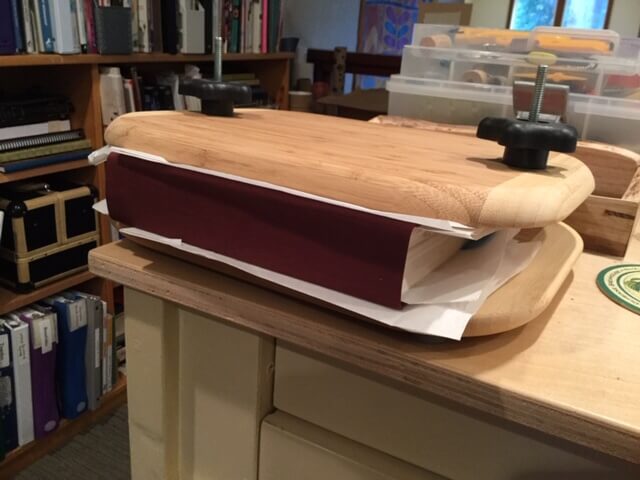 Book Press #2 holds two books and bricks and sad irons provide the weight.
Book Press #2 holds two books and bricks and sad irons provide the weight. 